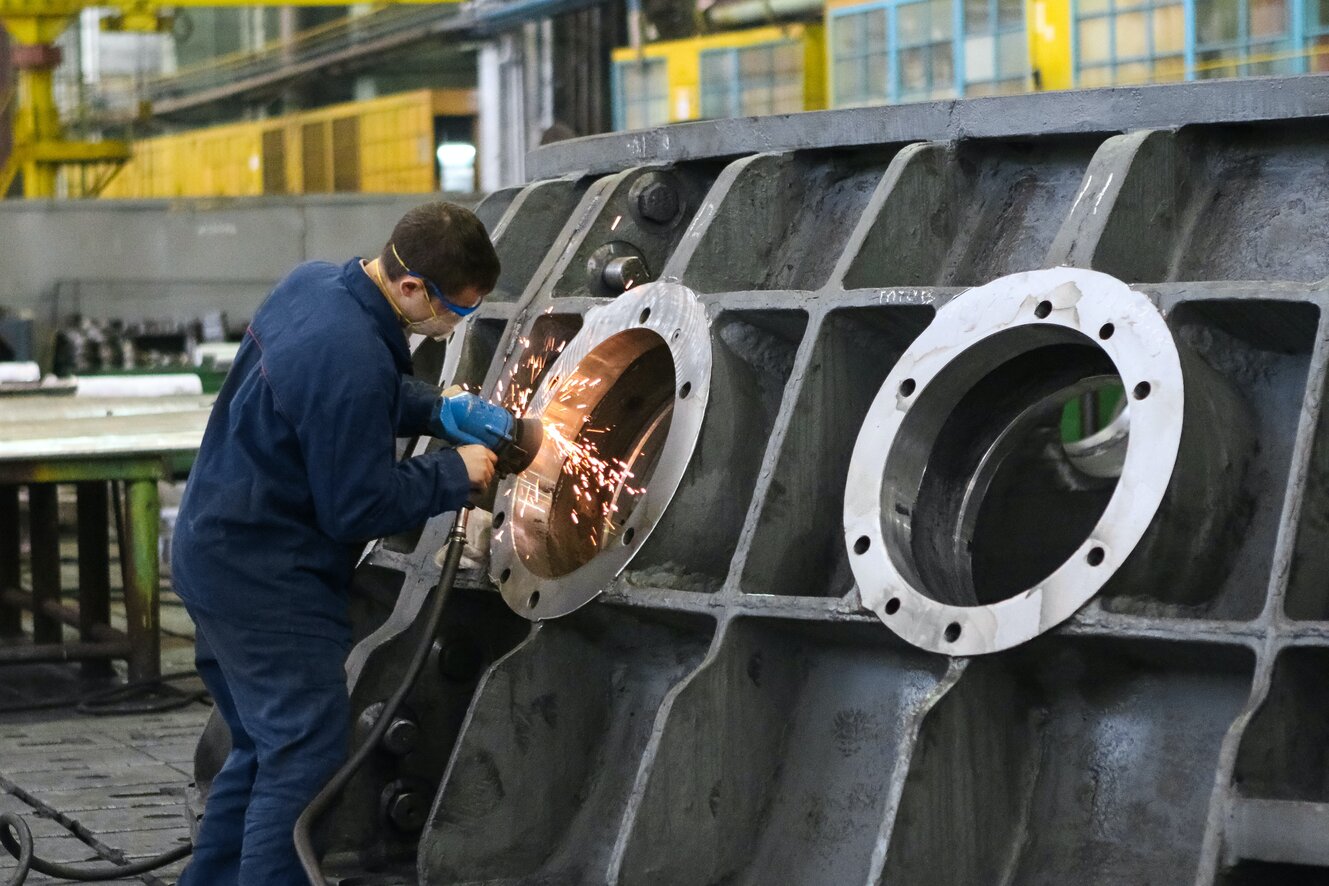
Even though it’s cold and cloudy outside in the winter, don’t take away your sunglasses. According to professionals in the field of eye health, it is more important to use sunglasses in the winter than in the summer. The reflective qualities of snow increase the risk of eye damage from the sun’s ultraviolet radiation in the winter. Therefore, keep those sunglasses handy for your eyes’ comfort and safety in the hard winter weather or choose a pair made just for winter. Here are some ways sunglasses for skiing are essential to protecting your eyes even on the coldest days.
Six Ways How Sunglasses for Skiing Can Protect Your Eyes
1. Provide Protection Against UV Rays
On steep mountain slopes, eye protection from light and UV rays should be your first concern whether you’re skiing, snowboarding or snowshoeing. The intensity of the sun’s rays increases with height. These are harmful to the eyes and may produce sunburns of different intensities on the skin. Selecting high-quality lenses is critical for achieving the best possible protection. At Snow + Rock, you can get ski sunglasses with specific glare filters to ensure maximum protection.
For the same index, the level of protection is the same whether you wear a mask or glasses. The index indicates how tinted glasses shield the eyes from the sun’s damaging rays. Sunglasses are required by law to have a CE mark or other symbol showing the amount of protection they provide, which varies with tint level. No matter what, choose a pair of glasses that can withstand the weather you’re in for.
2. Prevent Possible Eye Illness
Good sunglasses for skiing do more than just protect your eyes and feel good on your face. Good sunglasses can help prevent sun-related eye diseases like cataracts, pinguecula, pterygia and macular degeneration. According to the World Health Organisation, cataracts are the main reason people go blind in the world, and many of these cases are thought to be made worse by UVB rays. Pinguecula, pterygia and macular degeneration can all happen after being out in the sun without protection. These conditions make the white part of the eyes look yellow and have raised bumps on them. Make sure you always have your sunglasses with you, whether it’s sunny outside or snowing outside. This will keep your eyes healthy and clear.
3. Lessen Eye Strain
The typical response of the eye to bright light is to constrict the pupil, allowing the retina to receive very little light. The pupil enlarges to increase the light reaching the retina in dim lighting. People squinting is nature’s way of avoiding eyewear, but it may lead to headaches and eyestrain. Sunglasses for skiing are a great accessory since they block the sun’s rays, make long periods of staring uncomfortable and shield your eyes from strain and headaches.
4. Enhance Contrast
When you are skiing or snowboarding, contrast is another issue that you should consider since it helps with visibility. The landscape can seem like a uniform white field while you are on the hills. However, if you wear coloured lenses, you may increase the contrast in your perspective and make the bumps and dips in your vision more noticeable. Amber and rose-coloured lenses can be the best choice when the weather is foggy or gloomy. Brown lenses, on the other hand, provide more excellent contrast in low-light settings and diminish the amount of light that is present when the weather is bright.
5. Maximum Protection for the Eyes
Sunglasses for skiing may vary in protection if the lens index fails to indicate an advantage. Indeed, the sun’s rays harm the eyes if they get past the sunglass frame and onto the face. Ski sunglasses are more effective since their panoramic shape covers the whole top part of the face. In addition to protecting the eyes from the cold, it is a lifesaver in inclement weather and falling powder. In most cases, the foam surrounding the mask is watertight enough to remove any liquid that may get under the lens, giving the user complete protection. Pick a pair of sunglasses that covers your eyes entirely if you want them since they’re lighter and more portable than other options. However, few pairs of spectacles can conceal the face to the same extent as a face mask.
6. Avoid Getting Snow Blindness
Water is a surface that reflects light very well. This is true even if the sun isn’t out. Being on or near snow or ice also makes you absorb more UV rays. A lot of winter sports are also done at high heights, where the UV rays from the sun are higher. High places and surfaces that reflect light double your risk of getting burnt eyes. “Snow blindness” or photokeratitis are other names for this short-term vision loss. Besides keeping you from going blind from snow, wearing photochromic sunglasses can help with winter glare and headaches caused by vision problems. So, getting the right shades is essential if you’re going skiing or snowboarding.
Final Thoughts
Before leaving the house for your next skiing or snowboarding adventure, confirm that you have all your winter gear. It is expected to overlook the need for adequate eye protection. You must have eye protection on hand since snow may harm your eyes, particularly while descending snow-covered slopes. Hopefully, you now know how sunglasses for skiing can be helpful to your eyes.

Your go-to source for the latest in tech, finance, health, and entertainment, with a knack for distilling complex topics into accessible insights, We deliver timely updates on the ever-evolving landscapes of technology, finance, health, and entertainment








